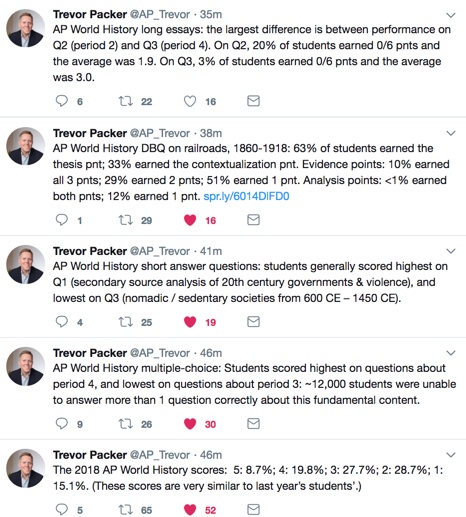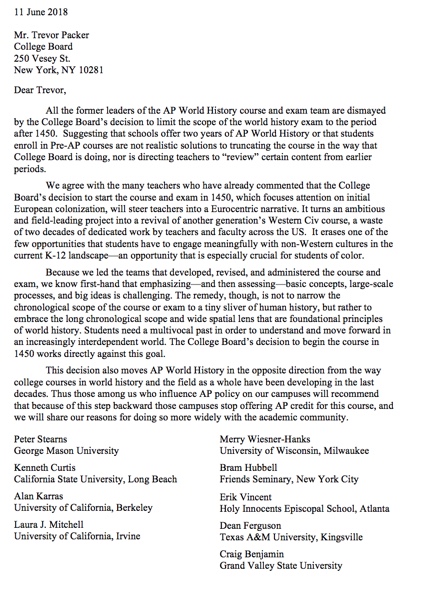Slavery and the Silk Road
Long before the development of the Atlantic slave trade, slavery existed all along the Silk Road. Private merchants handled most of the trade but governments also imposed taxes on both the movement and sale of slaves. In a new book called " Silk, Slaves and Stupas: Material Culture of the Silk Road ," Susan Whitefield traces the stories of some of the these slaves and makes some interesting conclusions. For example, Whitefield notes that the trade was both local and regional. She notes that the trade in Slavs was the one of the most extensive. They were "captured by the Rus in northern Europe and sold at the capital of the Bulgars," especially in the ninth and tenth centuries. Jewish merchants controlled another big network that extended from "western Europe through to Africa, Arabia, India, and China." You can read more about Whitefield's book at her blog here . Thanks to Bram Hubbel for tweeting the link to this story. As Hubbell notes, this sho...



